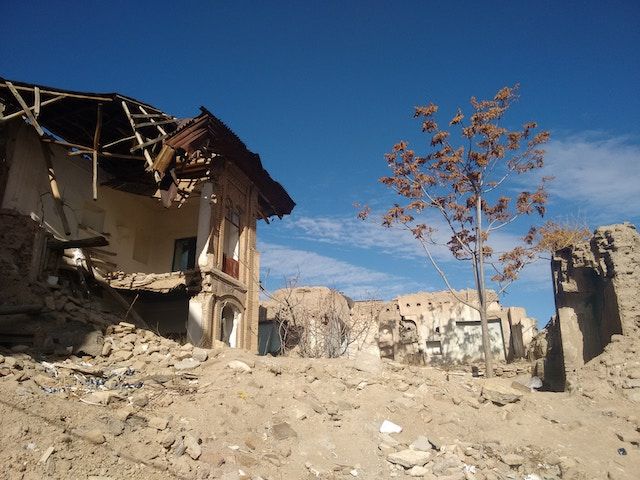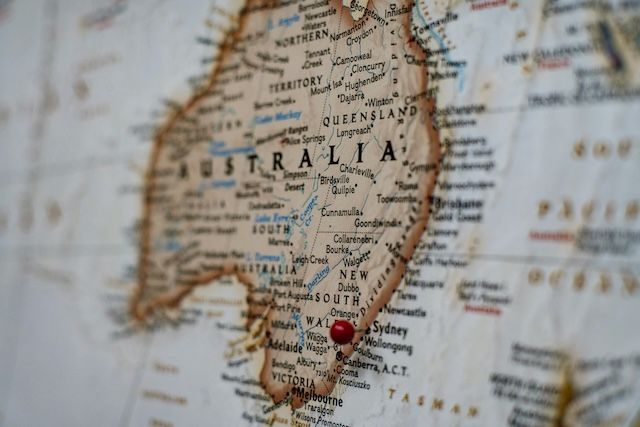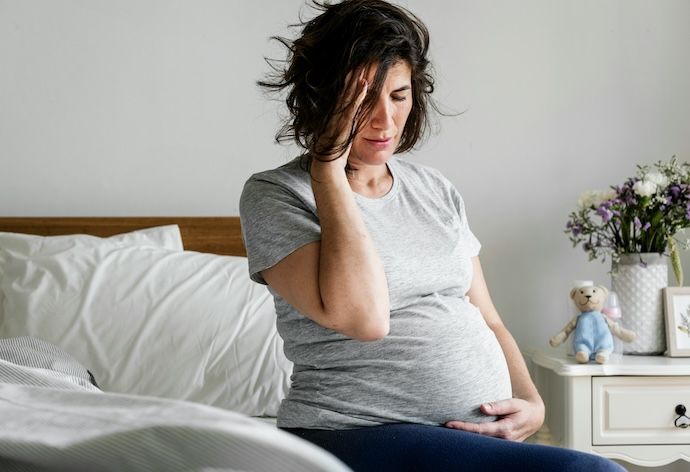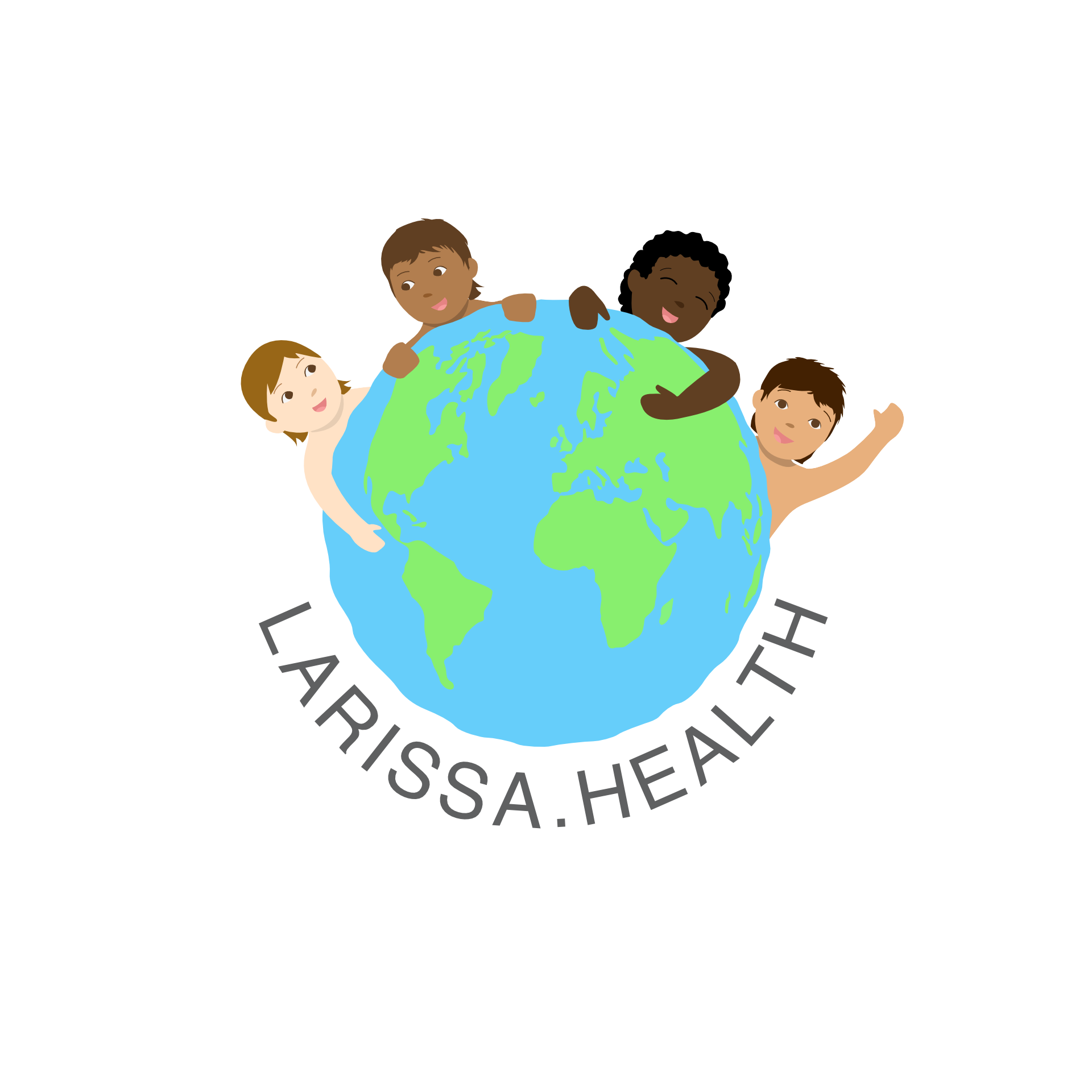Midwives: Beacons of Hope in Afghanistan's Crisis
In the wake of Afghanistan's devastating earthquake, discover how midwives like Rahna are transforming despair into hope, bravely delivering crucial care amidst chaos.
In the wake of a devastating 6.3-magnitude earthquake that struck Herat Province in Afghanistan, the resilience and fortitude of midwives, exemplified by Rahna, have become a beacon of hope and life-saving support. This story of tenacity unfolds in Zindajan, Afghanistan, where 20-year-old Hanifa, her home reduced to ruins, faced the daunting prospect of childbirth in a makeshift canvas tent.
The earthquake, which rendered thousands homeless, presented a multitude of challenges, particularly for pregnant women like Hanifa. In such dire circumstances, the risks of childbirth skyrocket. Displaced women face increased threats of violence, malnutrition, and disease, often without the assurance of skilled healthcare support. This significantly elevates the danger of life-threatening complications during childbirth.
 Photo by Farid Ershad
Photo by Farid Ershad
Amid this backdrop of despair and chaos, midwives like Rahna emerge as unsung heroes. Supported by UNFPA (United Nations Population Fund), Rahna's arrival was a turning point for Hanifa, transforming her fear and uncertainty into comfort and hope. This poignant encounter illustrates the profound impact that skilled and compassionate healthcare workers can have in crisis situations.
The role of midwives in disaster-stricken areas is pivotal. Despite the urgency of addressing sexual and reproductive health needs in such scenarios, these often become secondary considerations, overshadowed by other immediate humanitarian needs. Yet, as UNFPA Executive Director Dr. Natalia Kanem asserts, women do not cease to be pregnant or give birth in times of crisis. The absence of adequate healthcare during these critical moments can be fatal, underscoring the importance of midwives in mitigating these risks.
Midwives are capable of addressing approximately 90% of the global need for interventions across various aspects of sexual, reproductive, maternal, newborn, and adolescent health. Despite this, there's a global underinvestment in their development, endangering millions of lives. To bridge this gap, UNFPA has been at the forefront of training and supporting midwives worldwide, and deploying them to emergency situations as needed. In Herat, for instance, Rahna was part of a team of eight midwives sent by UNFPA, part of a larger contingent providing medical care, psychological support, and reproductive health services post-earthquake.
The story of Hanifa's labor, fraught with challenges like a sudden spike in blood pressure—a leading cause of maternal mortality—highlights the criticality of quality healthcare. Rahna's expertise and care were instrumental in ensuring the safe delivery of Hanifa's baby, Ahmad, bringing not only relief but joy in the midst of disaster. The event exemplifies the irreplaceable role of midwives in crisis settings, where they serve not just as healthcare providers, but as symbols of hope and resilience.
Rahna's story, and that of many other midwives in similar situations, is a testament to the power of skilled and compassionate care in the face of adversity. It underscores the urgent need for continued investment in midwife training and support, particularly in regions prone to natural disasters and conflicts. Their presence not only saves lives but also provides psychological comfort and a sense of normalcy in the most turbulent of times.
The work of midwives like Rahna in post-earthquake Afghanistan is a remarkable example of the human spirit's ability to bring light into the darkest of times. Their dedication and skill in the face of overwhelming challenges serve as a reminder of the essential role of healthcare workers in disaster response, and the profound impact they can have on the lives of those they serve.
Source: Reliefweb





